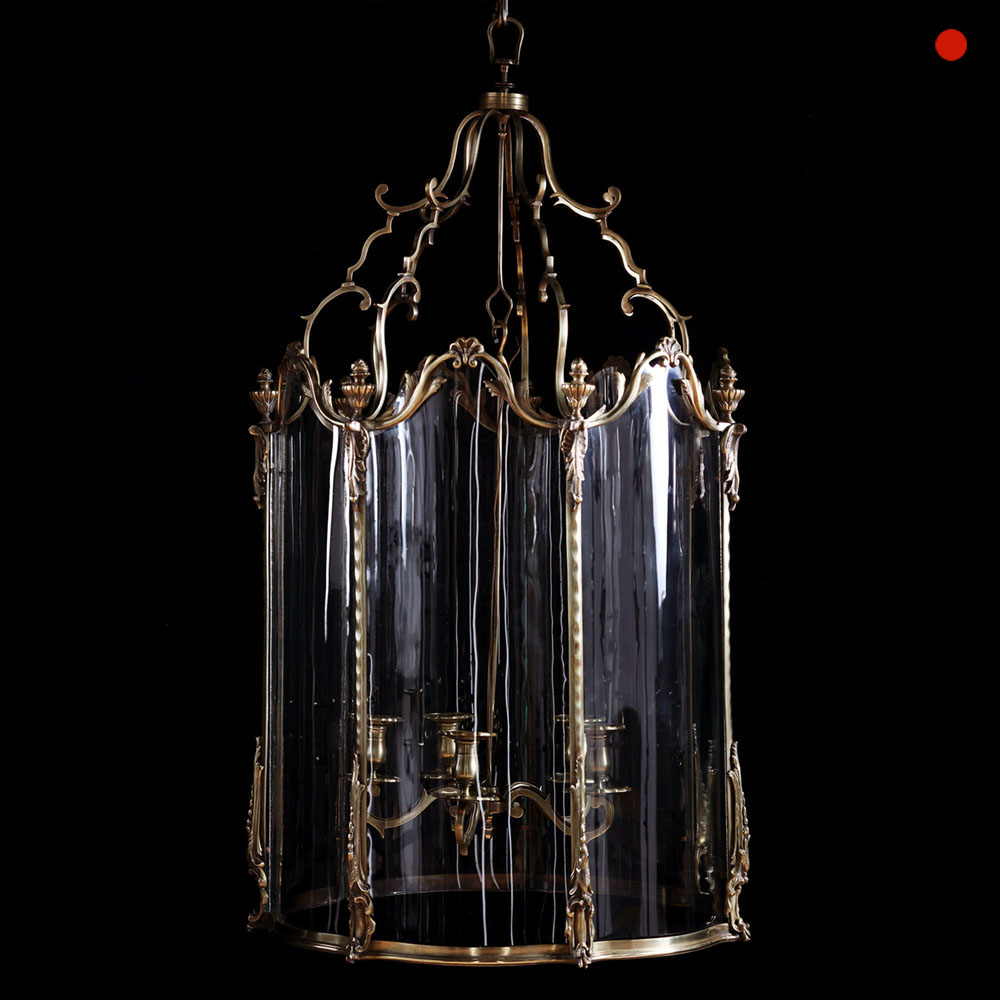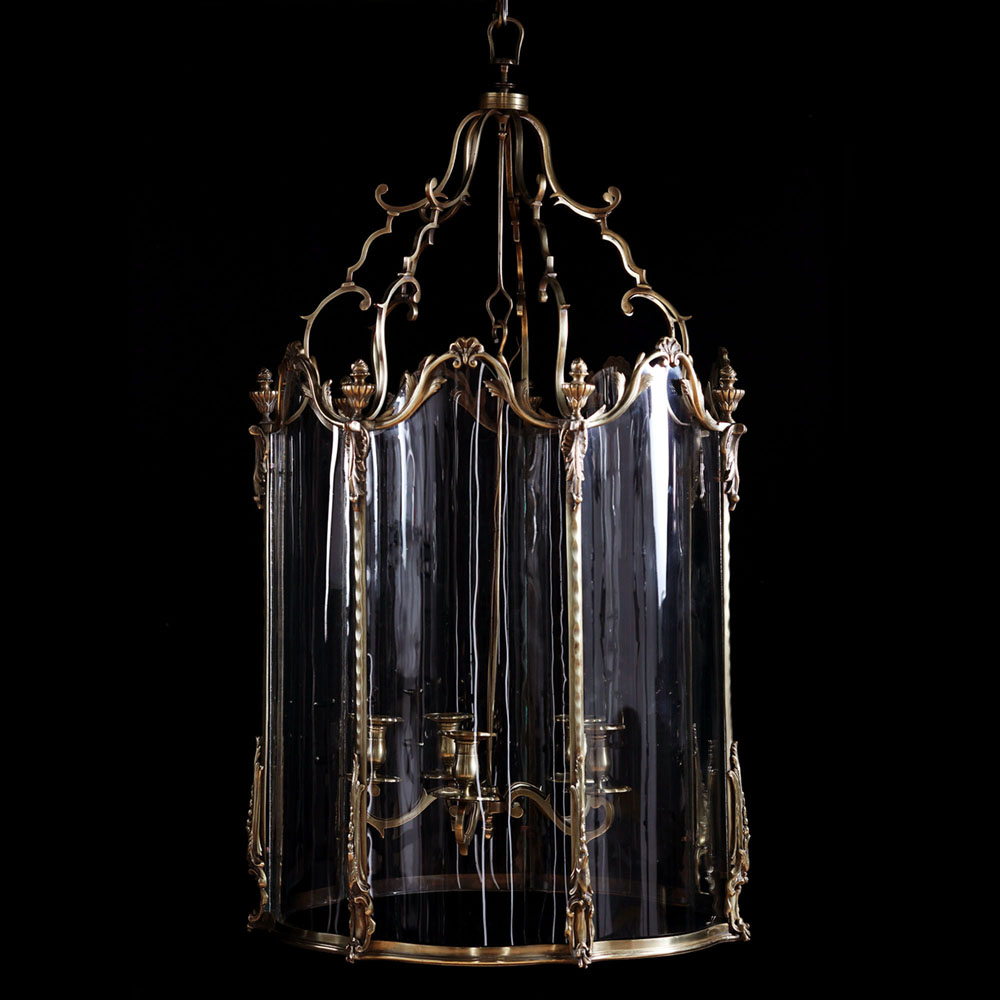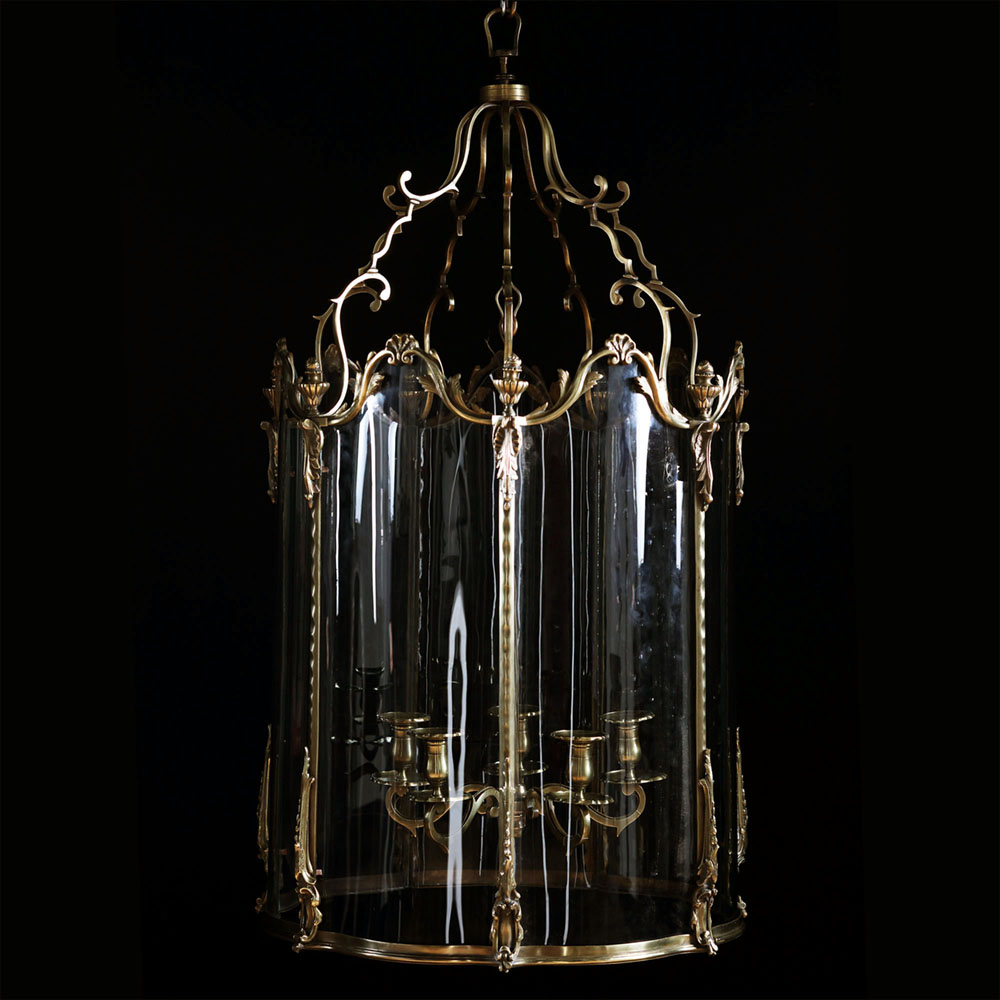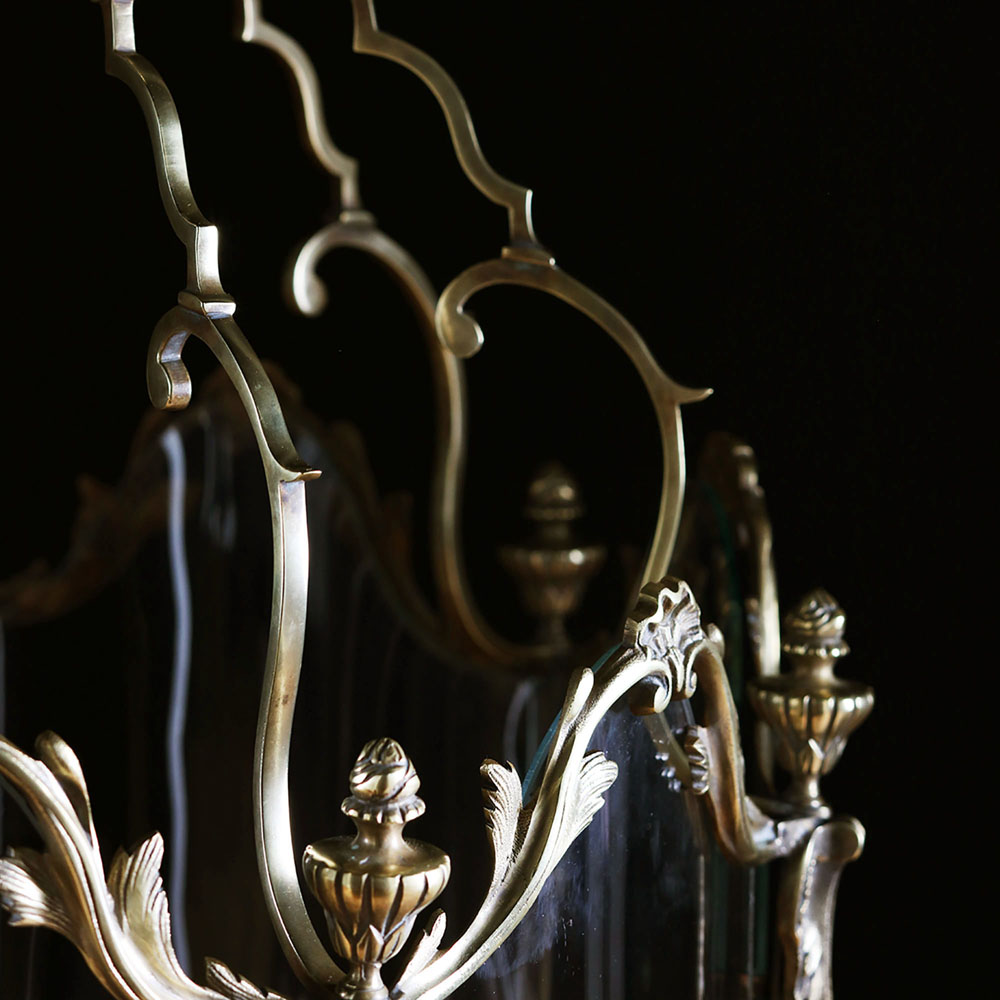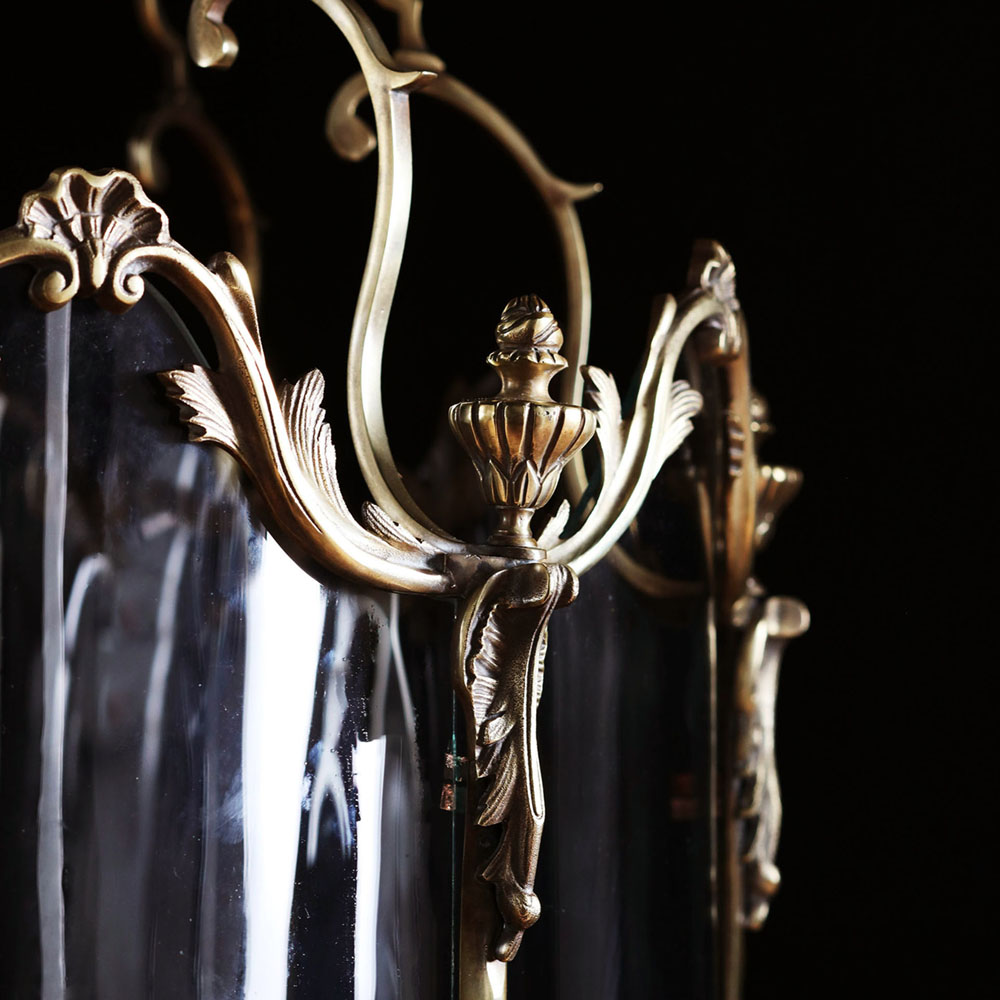Louis XV Style French Lantern
1800 to 1900 French
SOLD
Request Information
Follow Us
Louis XV Style French Lantern
A superb large French brass lantern of Louis XV style, 19th century.
The five light
Condition
Superb
Provenance
Christie’s, The Library at Gaiter’s Green and Fine English Furniture, London, March 2003
Bought from Moinat Antiquités, Rolle, Switzerland.
Literature
Dimensions
PREVIOUSLY SOLD
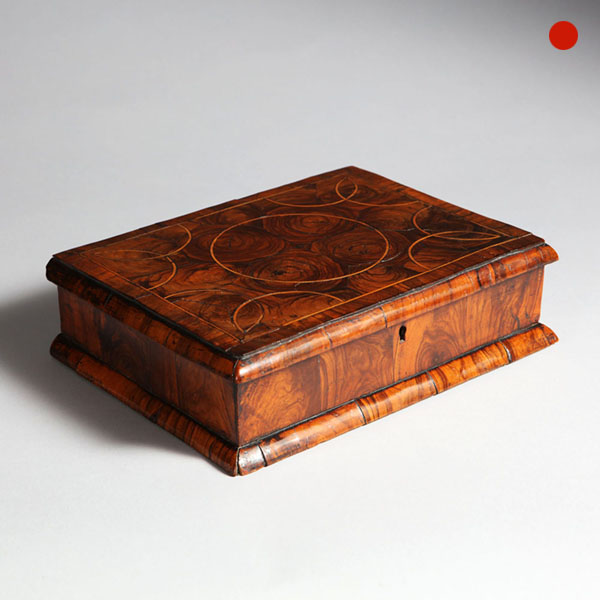
17th-Century Olive Oyster Lace Box
Charming and original 12” olive oyster lace box, circa 1680-90. It is most likely that this gorgeous piece was commissioned during the short reign of William and Mary (1689-1702). This was a great time in British furniture design with some of the most notable pieces to date being commissioned.
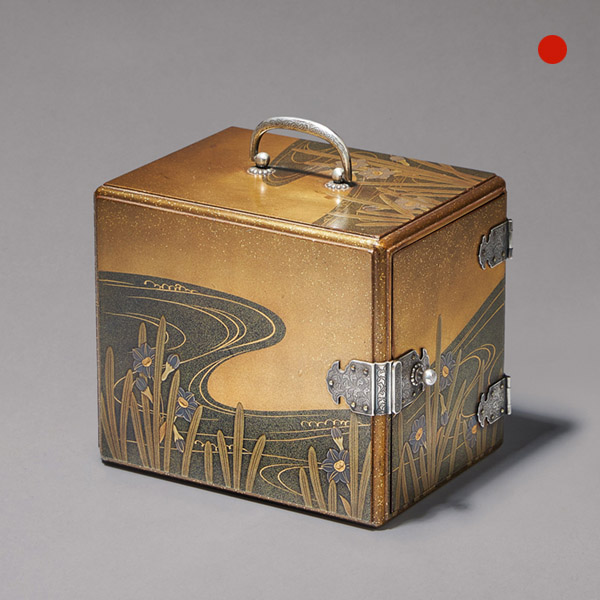
A lacquer kodansu (small cabinet) | Edo period, 19th century
A lacquer Kodansu, Edo period, 19th century Follow UsA lacquer Kodansu Edo period 19th century The rectangular chest with chamfered edges and a hinged door opening to reveal three drawers, all decorated in gold, silver, red and black...
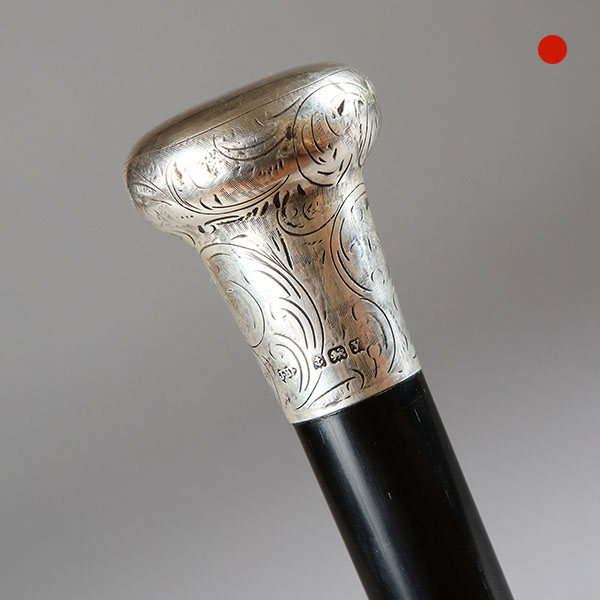
Engraved silver-topped ebony walking cane. Dated 1923 Birmingham
Silver-topped Ebony Walking Cane of outstanding quality and effortless elegance. Tapering ebony cane with a beautifully engraved silver cap.
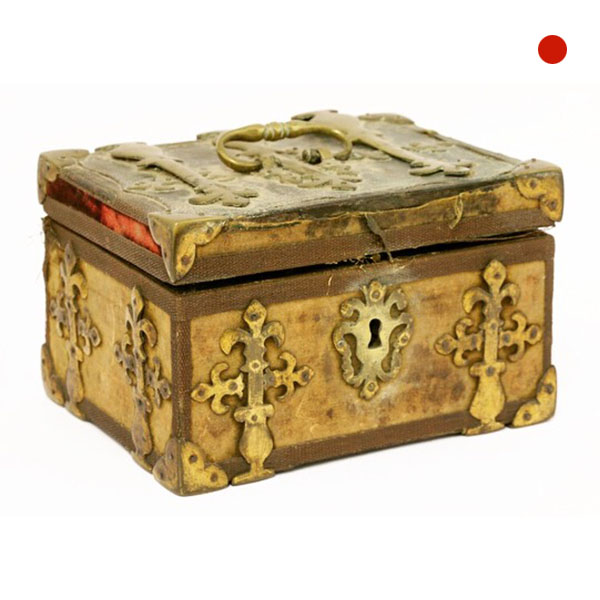
17th-18th Century Silk Covered Strongbox Jewel Casket
17th-Century Silk Covered Strongbox Jewel Casket. Occasionally an object can certainly grab your imagination, this casket of small proportions is no exception.
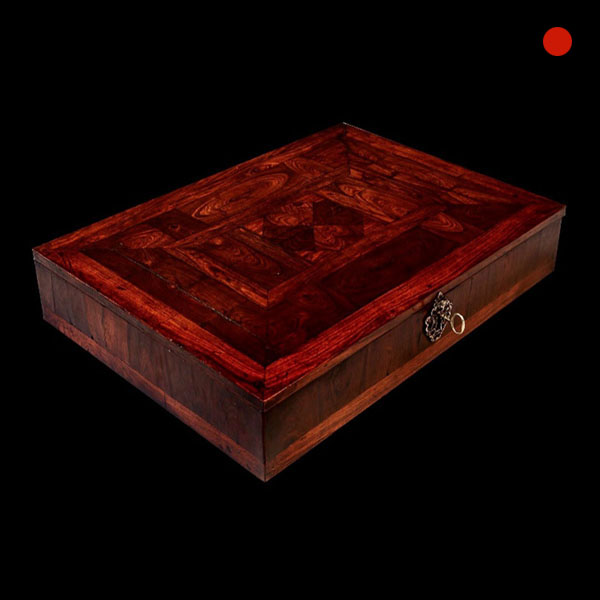
Charles II Kingwood Oyster Lace Box
An extremely rare Charles II kingwood oyster lace box 1660-1675. The box through its kingwood (also known as princeswood) oysters laid in a parquetry fashion, relate closely to an important and exceptionally rare triad set, in private collection at Dryton House.
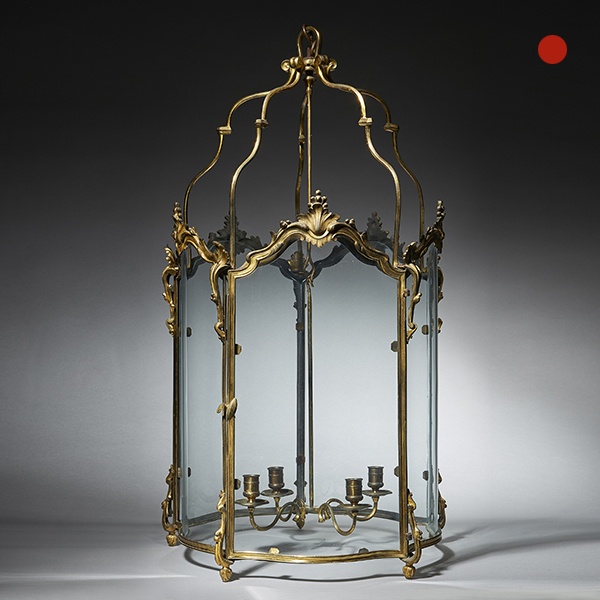
English 18th Century Chippendale George III Gilt Brass Rococo Hall Lantern
English 18th Century Chippendale George III Gilt Brass Rococo Hall Lantern Sold Follow UsEnglish 18th Century Chippendale George III Gilt Brass Rococo Hall Lantern A superb and original late 18th century George III rococo large gilt brass...

17th-Century Olive Oyster Lace Box
Charming and original 12” olive oyster lace box, circa 1680-90. It is most likely that this gorgeous piece was commissioned during the short reign of William and Mary (1689-1702). This was a great time in British furniture design with some of the most notable pieces to date being commissioned.

A lacquer kodansu (small cabinet) | Edo period, 19th century
A lacquer Kodansu, Edo period, 19th century Follow UsA lacquer Kodansu Edo period 19th century The rectangular chest with chamfered edges and a hinged door opening to reveal three drawers, all decorated in gold, silver, red and black...

Engraved silver-topped ebony walking cane. Dated 1923 Birmingham
Silver-topped Ebony Walking Cane of outstanding quality and effortless elegance. Tapering ebony cane with a beautifully engraved silver cap.

17th-18th Century Silk Covered Strongbox Jewel Casket
17th-Century Silk Covered Strongbox Jewel Casket. Occasionally an object can certainly grab your imagination, this casket of small proportions is no exception.

Charles II Kingwood Oyster Lace Box
An extremely rare Charles II kingwood oyster lace box 1660-1675. The box through its kingwood (also known as princeswood) oysters laid in a parquetry fashion, relate closely to an important and exceptionally rare triad set, in private collection at Dryton House.

English 18th Century Chippendale George III Gilt Brass Rococo Hall Lantern
English 18th Century Chippendale George III Gilt Brass Rococo Hall Lantern Sold Follow UsEnglish 18th Century Chippendale George III Gilt Brass Rococo Hall Lantern A superb and original late 18th century George III rococo large gilt brass...
YOU MAY ALSO LIKE
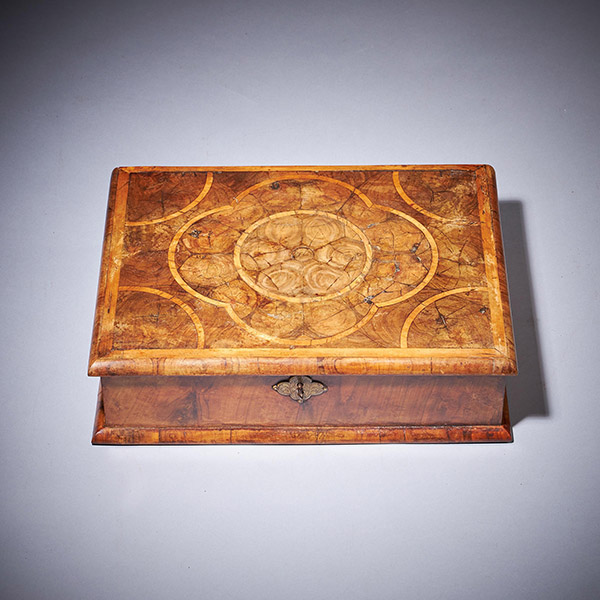
17th Century William and Mary Olive Oyster Lace Box, Circa 1680-1700
17th Century William and Mary Olive Oyster Lace Box, Circa 1680-1700 £3,900Follow Us17th Century William and Mary Olive Oyster Lace Box, Circa 1680-1700 A fine and rare 17th-century William and Mary period olive oyster lace box of perfect...
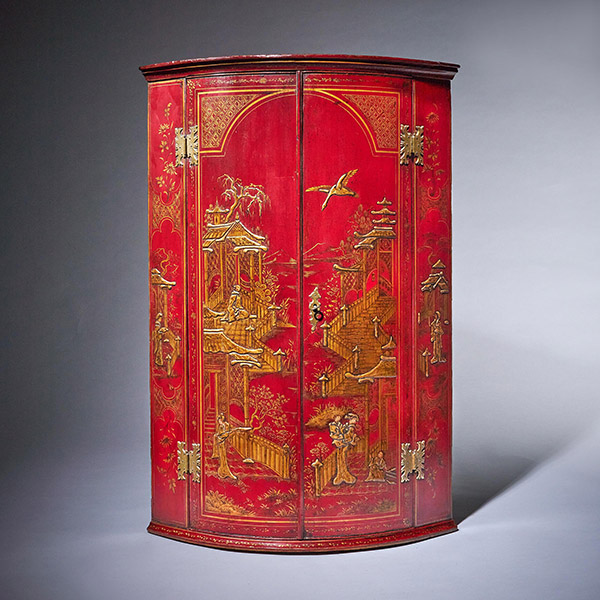
18th Century George II Scarlet-Red Japanned Corner Cupboard Att. Giles Grendey
18th Century George II Scarlet/Red Japanned Corner Cupboard, Att. Giles Grendey Follow Us18th Century George II Scarlet/Red Japanned Corner Cupboard, Att. Giles Grendey A fine and rare early 18th century George II scarlet japanned chinoiserie...
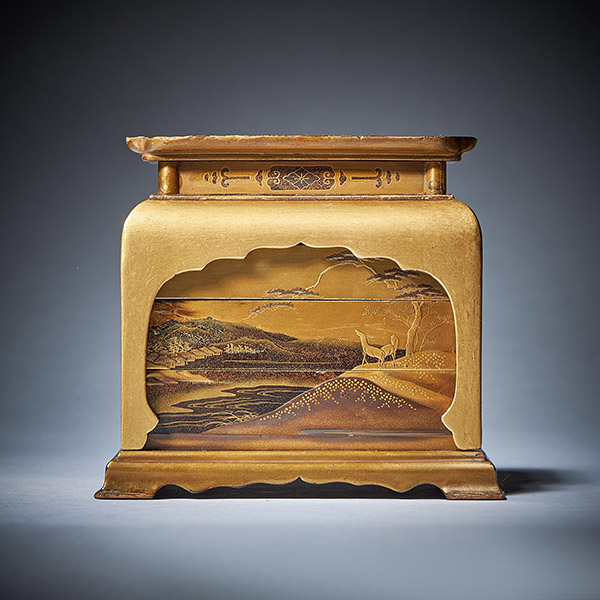
Signed Mid 19th C. Edo/Meiji Period Diminutive Lacquer Stacking Cabinet, Japan
Signed Mid 19th C. Edo/Meiji Period Diminutive Lacquer Stacking Cabinet, Japan £5,800Follow UsSigned Mid 19th C. Edo/Meiji Period Diminutive Lacquer Stacking Cabinet, Japan The highly decorated tray in the form of a table frames a series of...
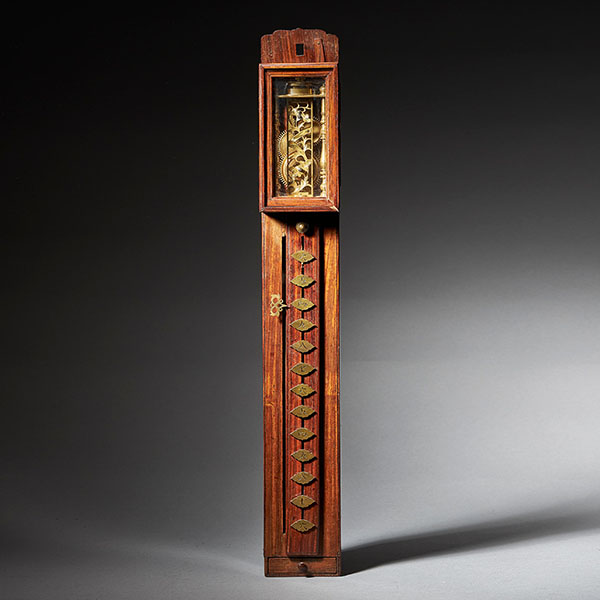
Late Edo Period 19th Century Japanese Pillar Clock, Shaku-Dokei, C. 1820
Late Edo Period 19th Century Japanese Pillar Clock, Shaku-Dokei, C. 1820 £6,500Follow UsLate Edo Period 19th Century Japanese Pillar Clock, Shaku-Dokei, C. 1820 ELEGANT JAPANESE PILLAR CLOCK, 'SHAKU-DOKEI', c. 1820 The very fine 30-hour,...
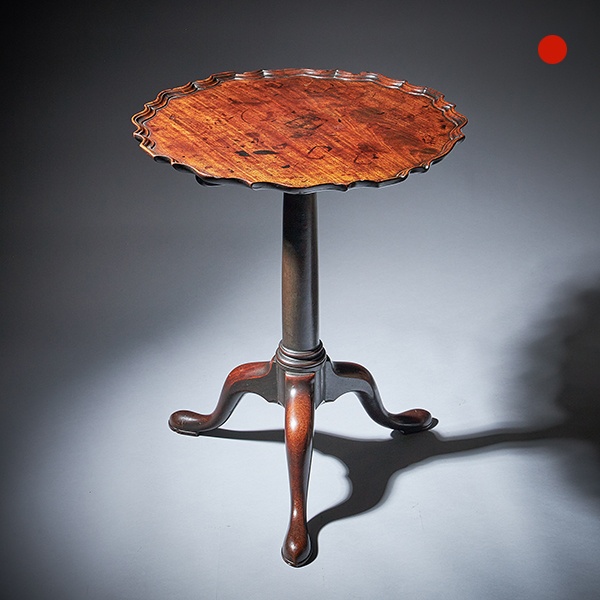
George II Gun Barrel Mahogany Tripod Table, circa 1740-1750
George II Gun Barrel Mahogany Tripod Table, circa 1740-1750 SoldFollow UsGeorge II Gun Barrel Mahogany Tripod Table, circa 1740-1750 George II Gun Barrel Mahogany Tripod table. The well-figured top has a pie crust edge, resting on a gun...
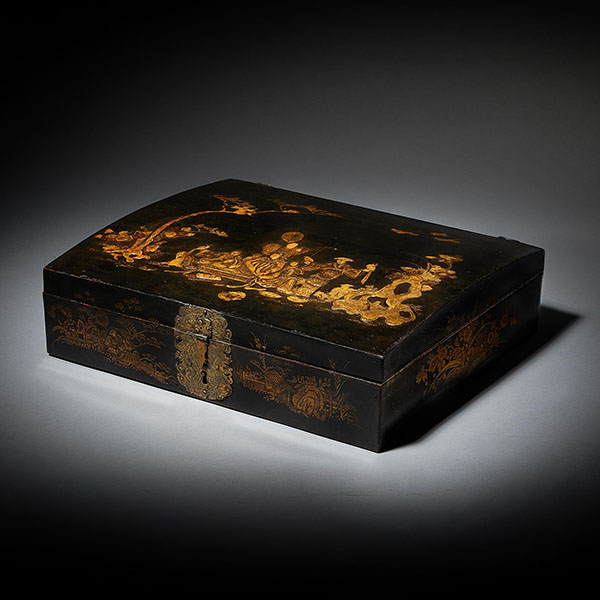
18th Century George I Domed Topped Japanned Chinoiserie Falconry Box
18th Century George I Domed Topped Japanned Chinoiserie Falconry Box, circa 1710 £3,900Follow Us18th Century George I Domed Topped Japanned Chinoiserie Falconry Box, circa 1710 A rare and important Queen Anne - George I japanned chinoiserie...

17th Century William and Mary Olive Oyster Lace Box, Circa 1680-1700
17th Century William and Mary Olive Oyster Lace Box, Circa 1680-1700 £3,900Follow Us17th Century William and Mary Olive Oyster Lace Box, Circa 1680-1700 A fine and rare 17th-century William and Mary period olive oyster lace box of perfect...

18th Century George II Scarlet-Red Japanned Corner Cupboard Att. Giles Grendey
18th Century George II Scarlet/Red Japanned Corner Cupboard, Att. Giles Grendey Follow Us18th Century George II Scarlet/Red Japanned Corner Cupboard, Att. Giles Grendey A fine and rare early 18th century George II scarlet japanned chinoiserie...

Signed Mid 19th C. Edo/Meiji Period Diminutive Lacquer Stacking Cabinet, Japan
Signed Mid 19th C. Edo/Meiji Period Diminutive Lacquer Stacking Cabinet, Japan £5,800Follow UsSigned Mid 19th C. Edo/Meiji Period Diminutive Lacquer Stacking Cabinet, Japan The highly decorated tray in the form of a table frames a series of...

Late Edo Period 19th Century Japanese Pillar Clock, Shaku-Dokei, C. 1820
Late Edo Period 19th Century Japanese Pillar Clock, Shaku-Dokei, C. 1820 £6,500Follow UsLate Edo Period 19th Century Japanese Pillar Clock, Shaku-Dokei, C. 1820 ELEGANT JAPANESE PILLAR CLOCK, 'SHAKU-DOKEI', c. 1820 The very fine 30-hour,...

George II Gun Barrel Mahogany Tripod Table, circa 1740-1750
George II Gun Barrel Mahogany Tripod Table, circa 1740-1750 SoldFollow UsGeorge II Gun Barrel Mahogany Tripod Table, circa 1740-1750 George II Gun Barrel Mahogany Tripod table. The well-figured top has a pie crust edge, resting on a gun...

18th Century George I Domed Topped Japanned Chinoiserie Falconry Box
18th Century George I Domed Topped Japanned Chinoiserie Falconry Box, circa 1710 £3,900Follow Us18th Century George I Domed Topped Japanned Chinoiserie Falconry Box, circa 1710 A rare and important Queen Anne - George I japanned chinoiserie...



